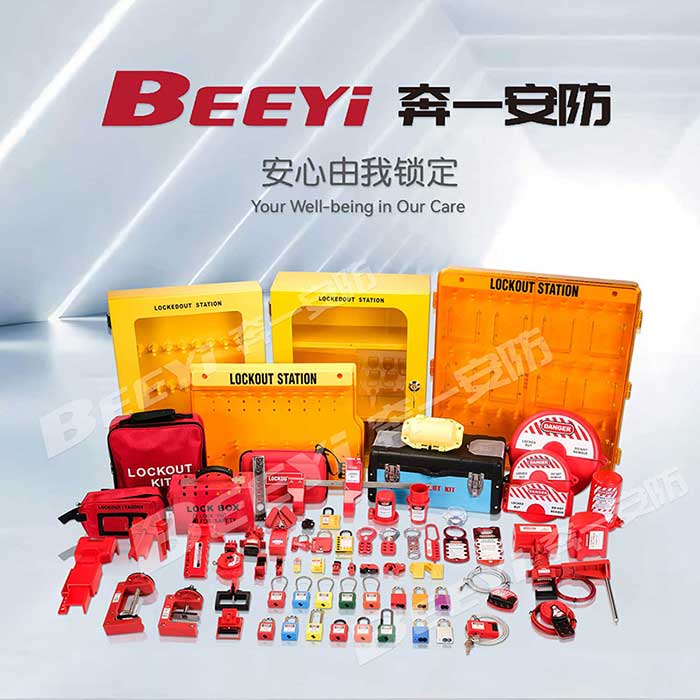pneumatic lockouts factory: ensuring safety in pneumatic systems
Release time:2025-09-18 16:02:02
In industrial environments, safety is paramount. Workers operating or maintaining pneumatic systems are often exposed to various hazards, especially when working with pressurized air or machinery. One of the most effective ways to mitigate these risks is through the use of pneumatic lockouts, devices designed to prevent the accidental activation of pneumatic systems during maintenance or repair. Pneumatic lockouts have become an essential component in ensuring worker safety and are typically manufactured in specialized factories dedicated to producing high-quality lockout solutions. In this article, we will explore the importance of pneumatic lockouts, how they are produced, and the role of pneumatic lockouts factories in this process.

What Are Pneumatic Lockouts?
Pneumatic lockouts are safety devices used to isolate or lock out pneumatic equipment such as valves, air compressors, or machinery that operate with pressurized air. The primary function of these lockouts is to prevent the unintentional release of compressed air or activation of machinery while maintenance or servicing is being performed. This helps reduce the risk of injury or accidents caused by the sudden operation of equipment.
The lockout mechanism typically involves covering the control valve or switch of a pneumatic system with a durable, tamper-proof lockout device. This device is often secured with a padlock or key, ensuring that only authorized personnel can unlock and resume operation once maintenance is completed. Pneumatic lockouts play a crucial role in lockout/tagout (LOTO) safety programs, which are designed to control hazardous energy sources during maintenance or repair activities.

